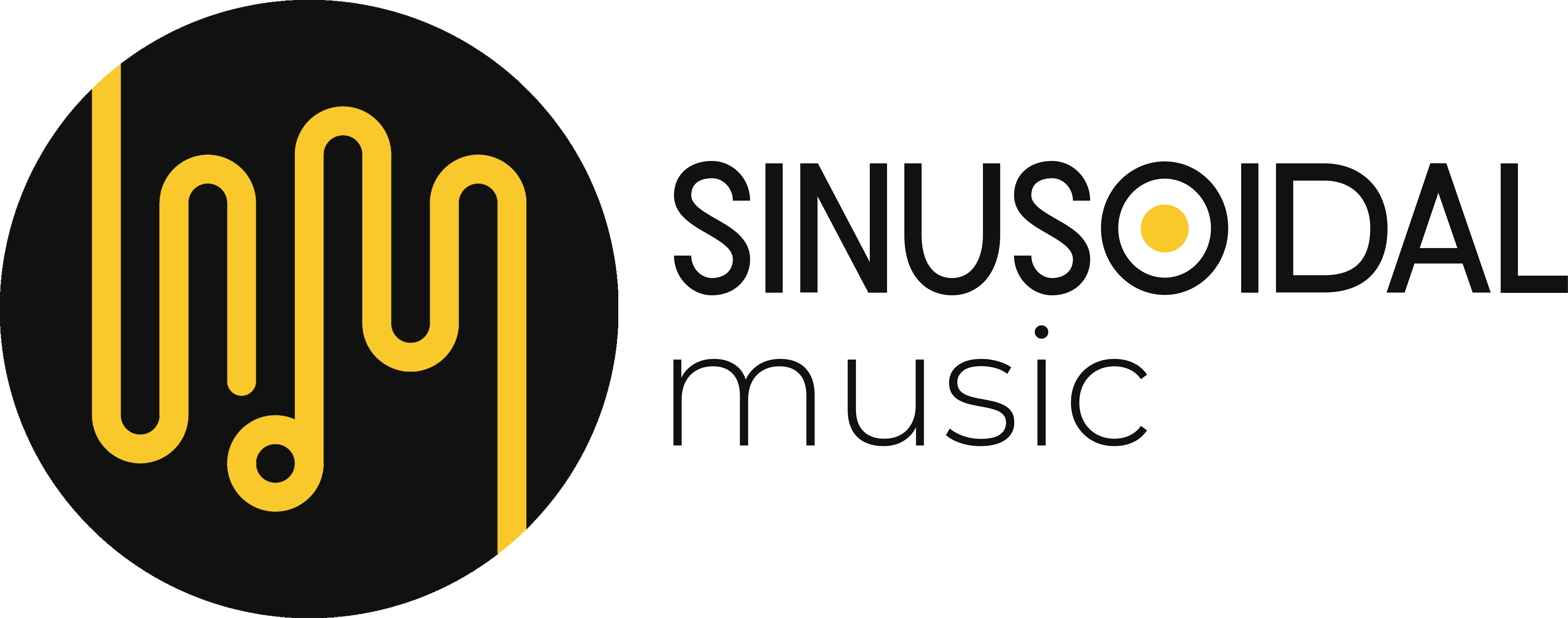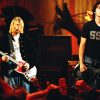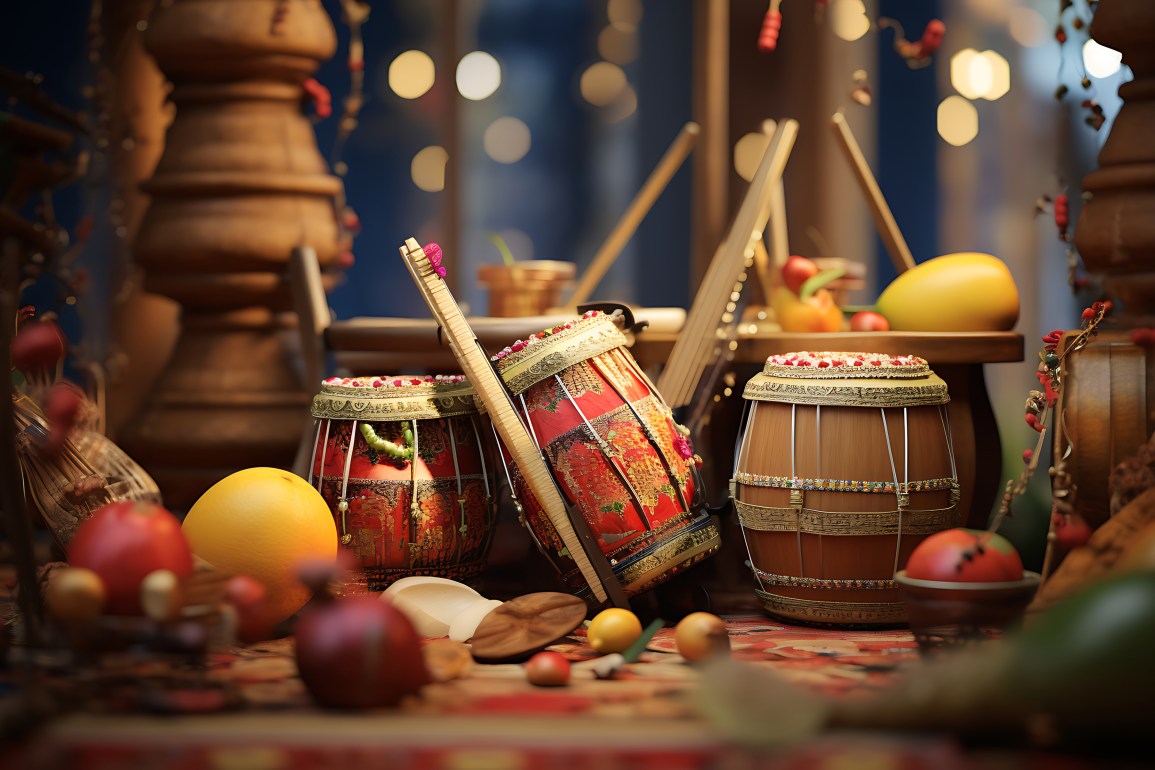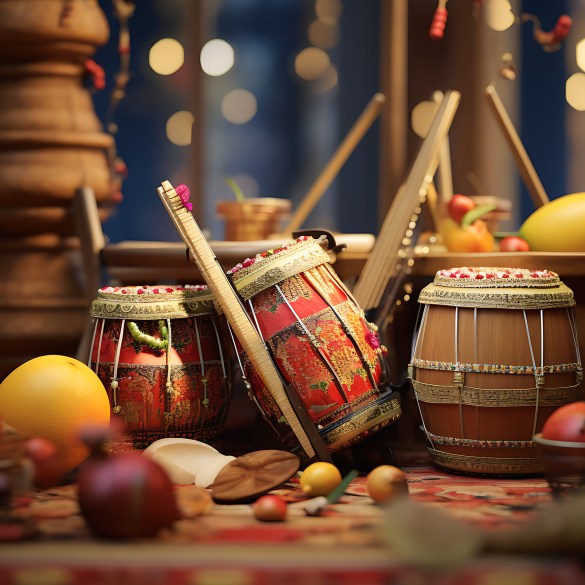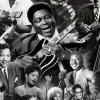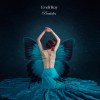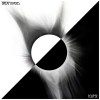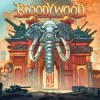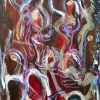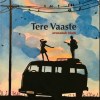Music—the great connector. It is more than a language, more than a feeling–and has found its way in every civilization and place, through all time. We’re going to have a look at instruments from different times, places and the kind of musical experiences that have led to their contemporary versions that we use today.
Across different regions, few things remain at the crux. There are treble, mid and percussion instruments —all to harmonise in symphony. Some instruments have travelled, some have been birthed in the region with the local “ingredients” that have its own special touch.
Let’s take a closer look at the places and the folk instruments that have made civilizations across the pages of history groove:
Mayan—aerophones and drums
Apart from determining that doomsday comes in 2012, the Mayans were truly an advanced civilization. Trumpets used to be made from wood and clay, long and short for trebles and bass notes. The Ocarina was a light-toned flute made with clay, which would be combined with these wooden trumpets.
Huehuetls would be used (large vertical percussive drums) in combination with teponaztli (horizontal slit drums) There were also tortoiseshell drums used —all of which were used for rituals and events relating to birth and death.
Egyptian—oud, qanun, ney
The Ottoman empire was a great patron for the arts, traveling and collecting artifacts from around the world. Egyptian preservation techniques have been imperative in knowing how these instruments last —especially the trifecta of the oud, qanun & ney.
The oud is a pear shaped lyre like instrument, which has gained massive popularity in recent times. Qanun has even travelled the Middle East, known for its trapezoidal two-dimensional shape and unique sound. Darbukas have been used in percussion the same way as a congo, creating some great low textures.
Egyptian takhts (the ensemble of musicians, also meaning a sofa) had a combination of all these instruments to be used during events and entertainments.
Japanese Folk Instruments
The leaders of the orient were staunch believers in their art form and principles. The Japanese were one of the first civilizations to have string, wind and percussion instruments —all of which had varieties and variations. Hyoshigi (bamboo clappers), Ōtsuzumi (hand drums) & Taiko (large drum) were all options in percussion, many used during prayer ceremonies.
In strings, there were Ichigenkin, Koto and other forms of lutes. They had a big role in theatre —finding purpose between scenes and impactful climaxes. Tonkori is another stringed instrument that had to be played “open” and not fretted, to ensure the true harmonics of notes.
African Folk Instruments
The entire continent has a wide repository of instruments, but their origin becomes fascinating. Using resources that are mainly natural, Africa has been able to produce some of the most widely used percussions globally. The unique sense of rhythms also bleeds into the percussions made:
Maracas (hollowed out gourd with beads) would lead the percussion-heard in several songs. The Djembe comes as a drum to signify togetherness, used by many tribes to this day. In tonal instruments, we have the Marimba (made purely out of wood in the beginning) and Kalimba (you might have heard the GoT viral rendition on it).
There are also many wooden flutes that have originated from the continent, but singing with percussion has remained a signature cocktail from many tribes of the country, adding to its vernacular.
Medieval Music Folk Instruments
Many Western instruments have been able to stand the test of time (thanks to colonisation & funds for preservation). You will see versions of these being used to some degree-bagpipes, lutes, Psaltery and organs. Reflecting the music and the influence of the industrial prowess, many of these instruments have gone through thorough remodels.
Many of the instruments, however, had origins in different countries and have travelled —such as the Psaltery. Even the Lute is Sicilian/Spanish in origin —though it became widely available in most parts of Europe.
Native American Folk Instruments
These are some of the hardest instruments to have a history of. Due to the forced migration of Native Americans, there is little evidence left of the many instruments used by native tribes. The Chegah-Skah-Hdah was a hand wand used during dances. There is the Courting flute (siyotanka), to gather the affection and interest of women, among having different ranges for rituals. Most instruments were sacred and held a spiritual connection for the player as well as the event around which it would be played.
Large leather Frame Drums would also be employed for percussion, adding a rhythmic movement to these rituals.
Irish Folk Instruments
There is a tale to tell about the origin and playing of most Irish instruments. With their complex string and wind sections, each performance would have a lead and accompaniment as well.
The now-satirized Irish flute would be used for leads between songs, while tin whistles would also be widely heard in folk music. Uilleann pipes are Irish, which takes a baffling 21 years to be a master of due to its complexity —7 years of learning, 7 of practice and 7 of playing.
The Celtic Harp is also from Ireland, present in almost every orchestra ensemble you might see. Then come the accordion, banjo and mandolin —all having gained popularity in stringed portable instruments besides the guitar. The harmonica is also an Irish invention, so Western music’s native sound has a lot to owe to them!
Also read: Album Review: Bloodywood brings relentless desi metal full circle back home with “Nu Delhi”
Latin Folk Instruments
Like Africa, the Latin region used a large range of their natural resources for instrument making. The popular rain stick comes from this region, along with claves, ocarina and samba drums. Percussion instruments like the triangle also come from Latin America. Cajons and Cowbells have also been traced back to their Latin American origins.
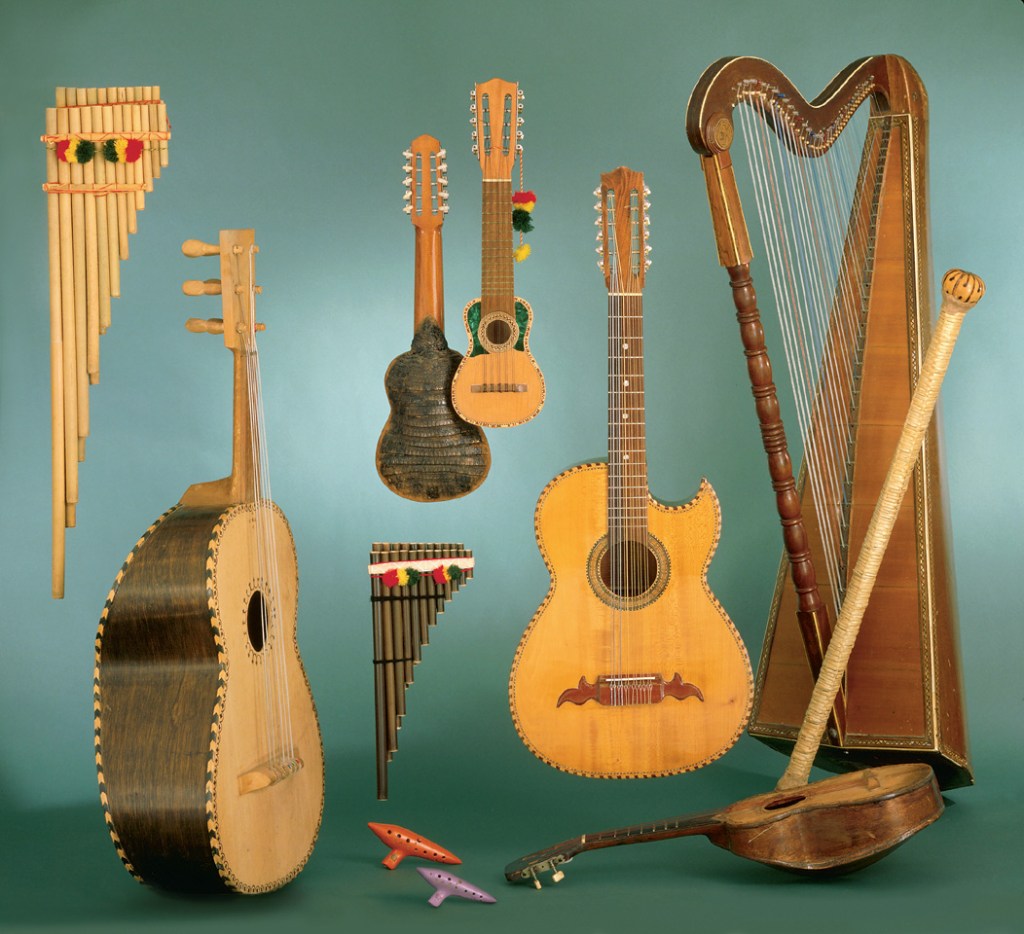
Stronger in percussion, you can see an amalgam of other Western instruments coming in with Latin folk percussive instruments.
Indian Folk Instruments
Ranging from a variety of influences, there is a good chance you have heard of most of these folk instruments. Still strong in classical forms, instruments like the sitar, veena, sarod, tanpura and santoor are present in stringed instruments.
Percussions include the dholak, tabla, mridangam & ghatam. Bansuri, shehnais and flutes are present in almost all folk songs— though their use differs in Hindustani and Carnatic music.
You will note many instruments being native to continents or countries, yet their influence larger in other places. This is the power of music —a global connect to learn and understand cultures and themes. It is the impact of what melodies hold in our lives, instruments being something that doesn’t have a linguistic connection yet. This is the barebones skeletal foundation of what makes humans play instruments, with rhythm, melody, scales and percussion uniting us. To make sonic poetry together in this art form —that is the purpose.
Check out our playlists here!
Check out our YouTube channel for music reviews, playlists, podcasts, and more!
Self professed metalhead, moderately well read. If the music has soul, it's whole to me. The fact that my bio could have ended on a rhyme and doesn't should tell you a lot about my personality.
